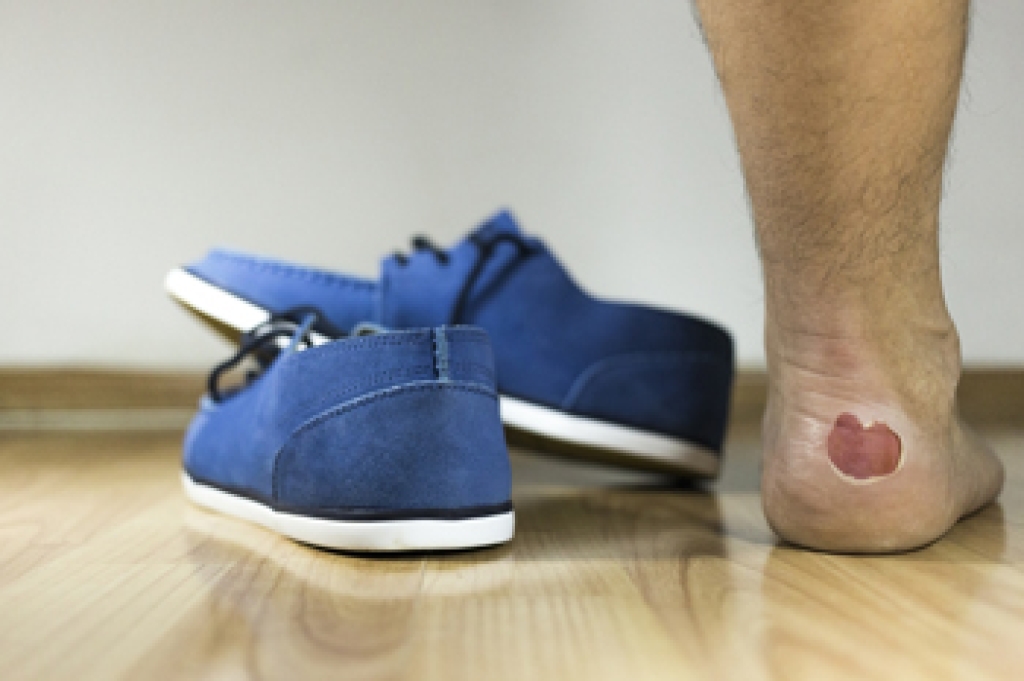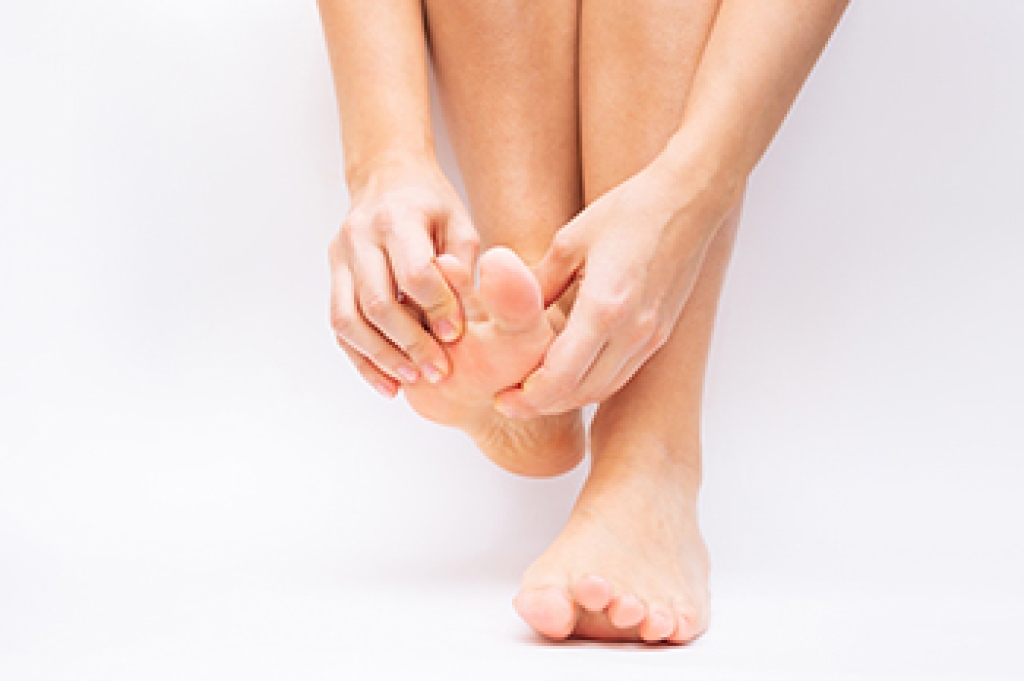
Foot friction blisters are small pockets of fluid that form when repetitive rubbing damages the top layer of the skin. They often appear on the toes, heels, or sides of the feet and can cause pain and discomfort. Risk factors include wearing ill-fitting shoes, excessive sweating, walking or running long distances, and new or stiff footwear. Prevention involves choosing shoes that fit properly, wearing moisture wicking socks, keeping feet dry, and using protective padding when needed. A podiatrist can provide safe and sterile treatment for painful or infected blisters and offer advice on footwear and skin care to reduce recurrence. If you struggle with frequent foot blisters, it is suggested that you contact a podiatrist who can offer relief and prevention strategies.
Blisters may appear as a single bubble or in a cluster. They can cause a lot of pain and may be filled with pus, blood, or watery serum. If your feet are hurting, contact Jordan Baker, DPM of Best Foot Forward Surgical Podiatry. Our doctor can provide the care you need to keep you pain-free and on your feet.
Foot Blisters
Foot blisters are often the result of friction. This happens due to the constant rubbing from shoes, which can lead to pain.
What Are Foot Blisters?
A foot blister is a small fluid-filled pocket that forms on the upper-most layer of the skin. Blisters are filled with clear fluid and can lead to blood drainage or pus if the area becomes infected.
Symptoms
(Blister symptoms may vary depending on what is causing them)
- Bubble of skin filled with fluid
- Redness
- Moderate to severe pain
- Itching
Prevention & Treatment
In order to prevent blisters, you should be sure to wear comfortable shoes with socks that cushion your feet and absorb sweat. Breaking a blister open may increase your chances of developing an infection. However, if your blister breaks, you should wash the area with soap and water immediately and then apply a bandage to the affected area. If your blisters cause severe pain it is important that you call your podiatrist right away.
If you have any questions, please feel free to contact our office located in Florence, SC . We offer the newest diagnostic and treatment technologies for all your foot care needs.




